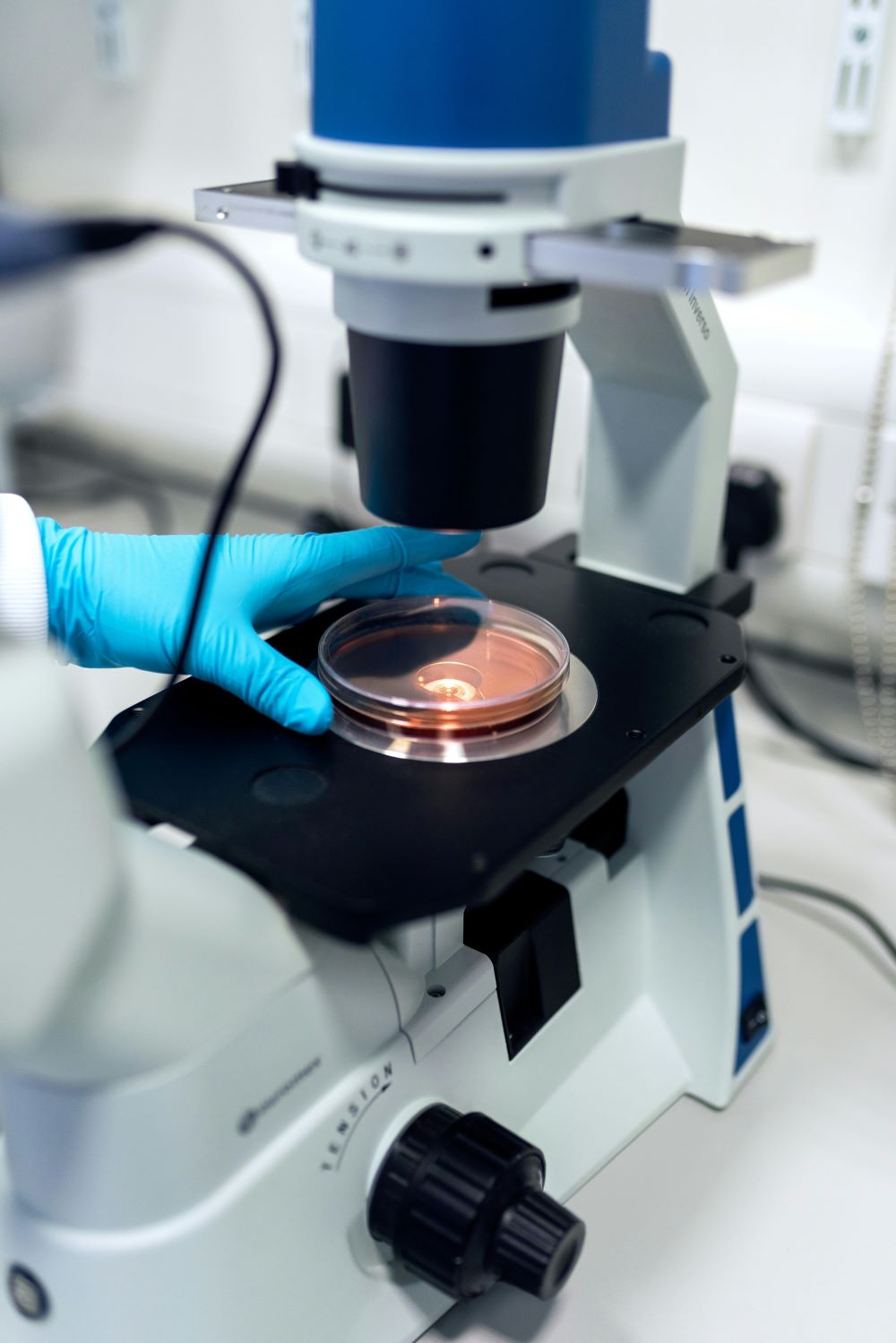By targeting the energy source of malignant cells while sparing healthy tissues, this therapy offers a new approach to treatment.
Scientists at Ohio State University have developed a new method to disrupt cancer cells by targeting their energy centers, known as mitochondria. This new therapy uses nanoparticles to deliver gene-altering technology directly to cancer cells, effectively shutting down their power supply. Early experiments in mice with glioblastoma and aggressive breast cancer have shown promising results, including reduced tumor size and increased survival rates.
Mitochondria are often described as the powerhouses of cells, producing the energy required for most cellular activities. In cancer cells, they also play a role in signaling processes that allow tumors to grow and spread. For years, researchers have sought ways to disable these energy centers, but the tough outer membrane of mitochondria has been a significant hurdle. The Ohio State team has overcome this challenge by developing a technology they call mLumiOpto. This approach uses light-triggered reactions to disrupt mitochondrial membranes, leading to cancer cell death.
The technology works by introducing genetic material into cancer cells using specially designed nanoparticles. These nanoparticles are coated with a monoclonal antibody that helps them find and bind to cancer cells. Once inside, the particles release genes that produce two key components: a protein that reacts to light by generating electrical currents and an enzyme that emits light. Together, these components create a self-activating system. When a specific chemical is injected into the body, it triggers the enzyme to emit light, which activates the protein, causing the mitochondria to collapse.
This innovative system not only targets cancer cells with precision but also avoids harming normal cells. The nanoparticles are engineered using a virus-based delivery system known as adeno-associated virus (AAV). This virus is widely studied and has been modified to carry therapeutic genes without causing infections. The team further refined the delivery system by enclosing the virus in a natural nanocarrier derived from human cells. This added layer mimics natural particles in the bloodstream, making the therapy more stable and effective in the human body.

In their experiments, the researchers tested this therapy on two particularly aggressive forms of cancer: glioblastoma, a type of brain cancer, and triple-negative breast cancer. Both cancers are notoriously difficult to treat with existing methods. The results were striking. Treated mice showed significant reductions in tumor size compared to untreated controls. Imaging studies confirmed that the therapy affected only cancerous tissues, leaving normal tissues untouched. Furthermore, the treatment appeared to boost the immune system’s response to the cancer, as evidenced by activity in the tumor microenvironment.
The origins of this breakthrough date back several years when the researchers identified a vulnerability in the mitochondrial membrane. They discovered that this membrane relies on an electrical charge to maintain its structure and function. By exploiting this charge difference, they created a method to destabilize the membrane, leading to the death of cancer cells. In earlier studies, the team used external lasers to activate light-sensitive proteins in cells. The new approach eliminates the need for external light by generating it internally within the cancer cells, a vital step for adapting the technology to human patients.
The researchers are optimistic about the potential of this therapy. They believe it could be effective against a wide range of cancers, not just the two tested so far. Further studies are underway to explore its applications and refine the technology for clinical use. The team has also filed a provisional patent to protect their innovations and pave the way for future development.
This work represents a significant step forward in the fight against cancer. By targeting the energy source of cancer cells while sparing healthy tissues, this therapy offers a new approach to treatment. Its ability to trigger an immune response adds another layer of effectiveness, potentially providing long-lasting benefits. Supported by funding from the U.S. Department of Defense and the National Institutes of Health, this research highlights the potential of combining genetic engineering with advanced delivery systems to tackle some of the most challenging forms of cancer. The findings are published in the journal Cancer Research, marking an exciting milestone in the development of targeted cancer therapies.
Sources:
Targeted gene therapy shuts down cancer cells’ energy centers
mLumiOpto Is a Mitochondrial-Targeted Gene Therapy for Treating Cancer


Join the conversation!